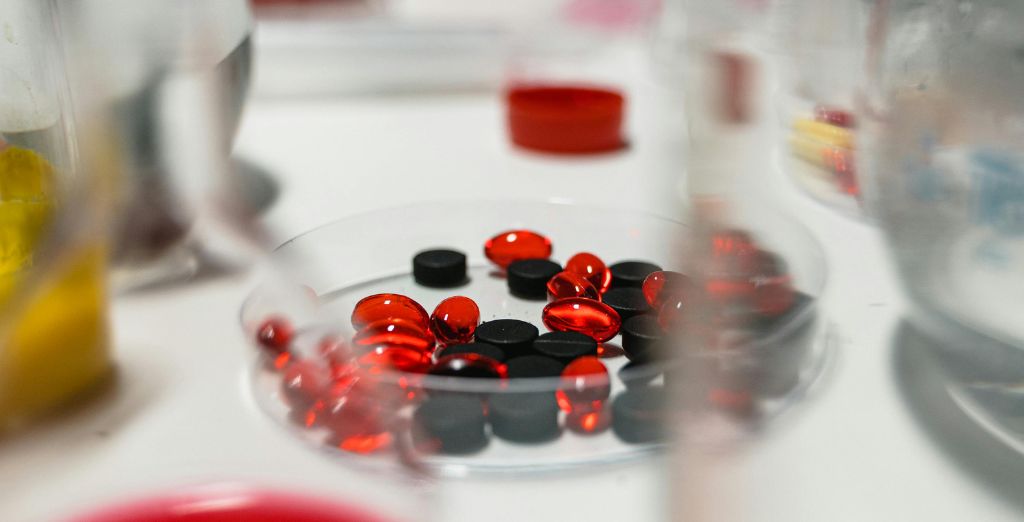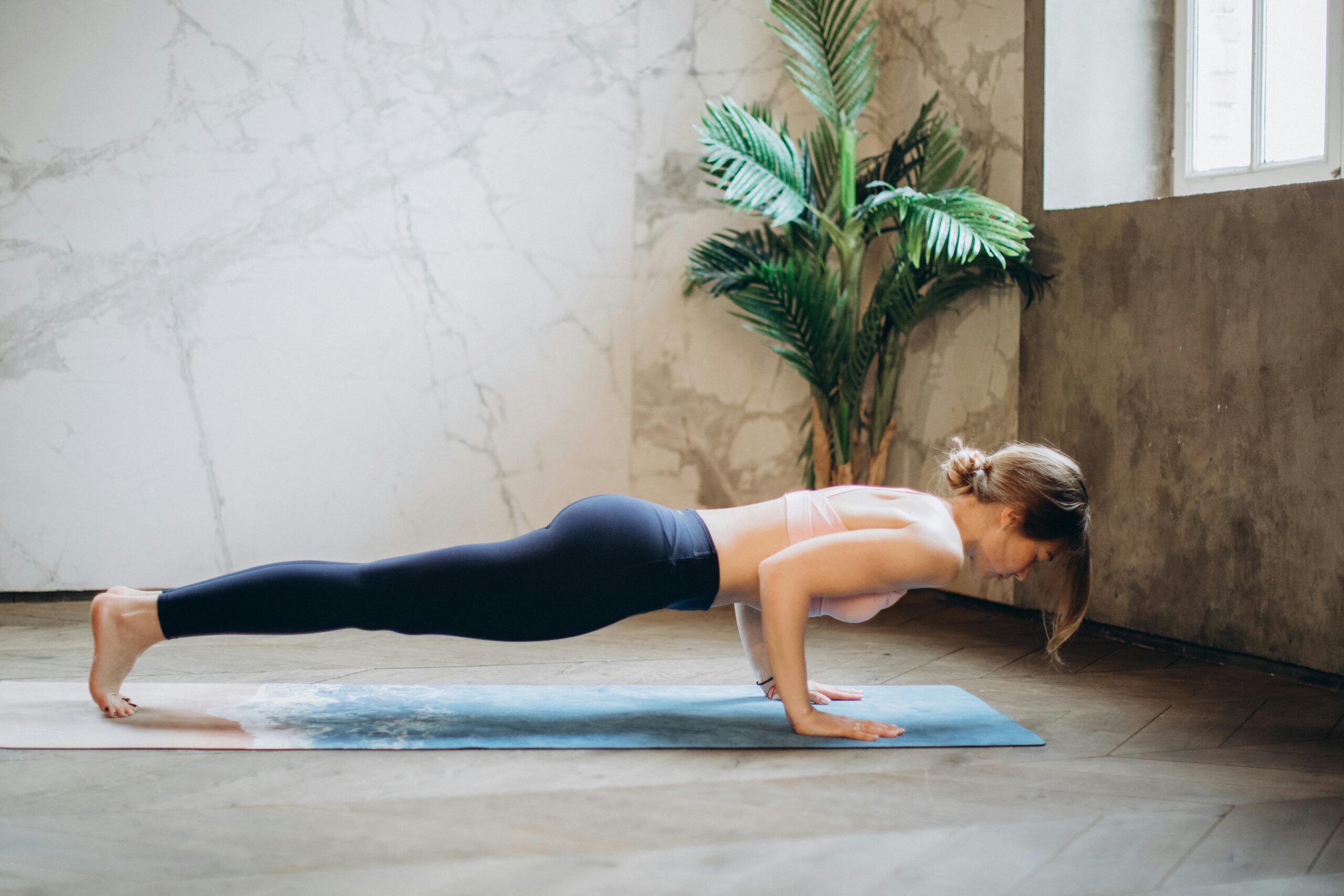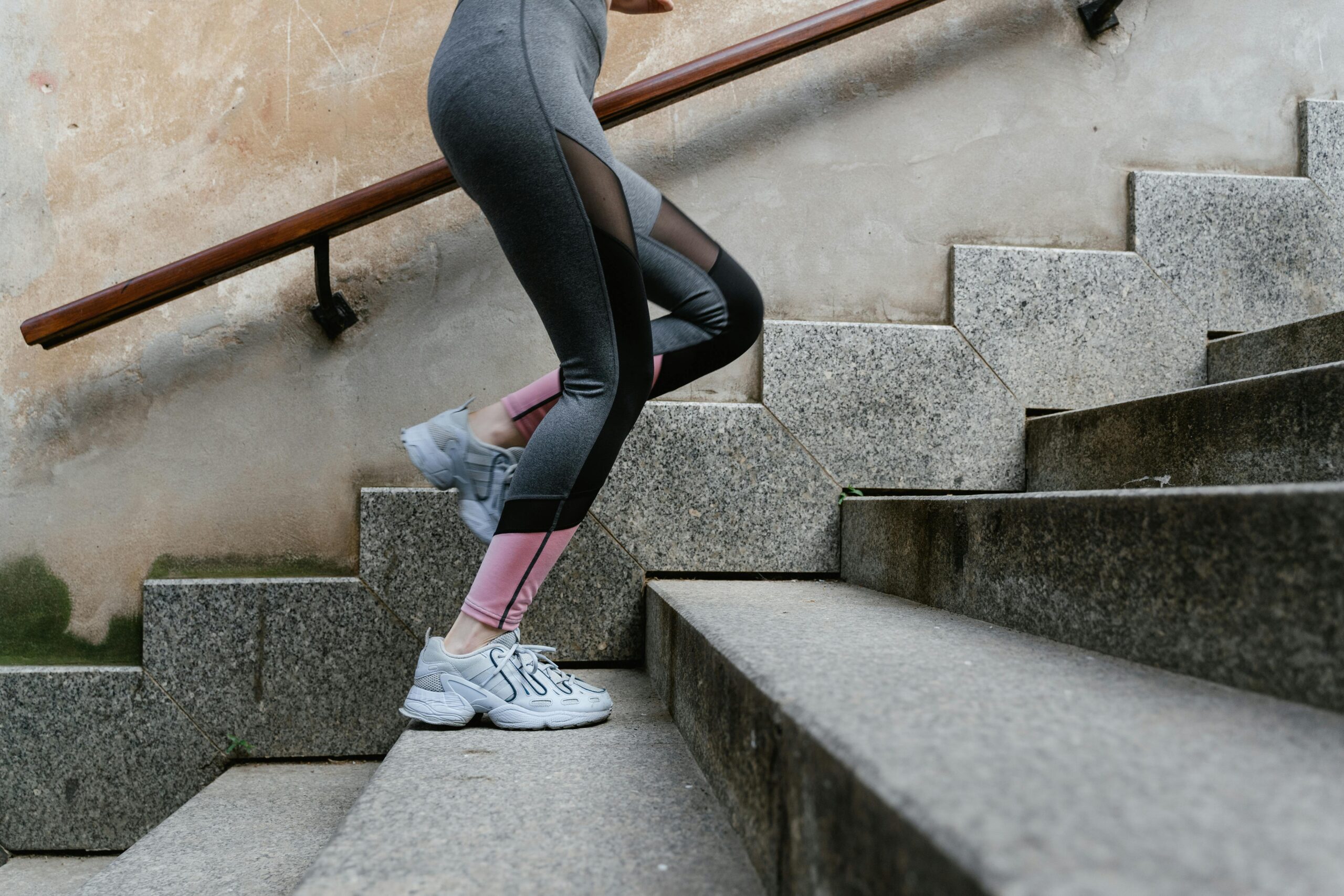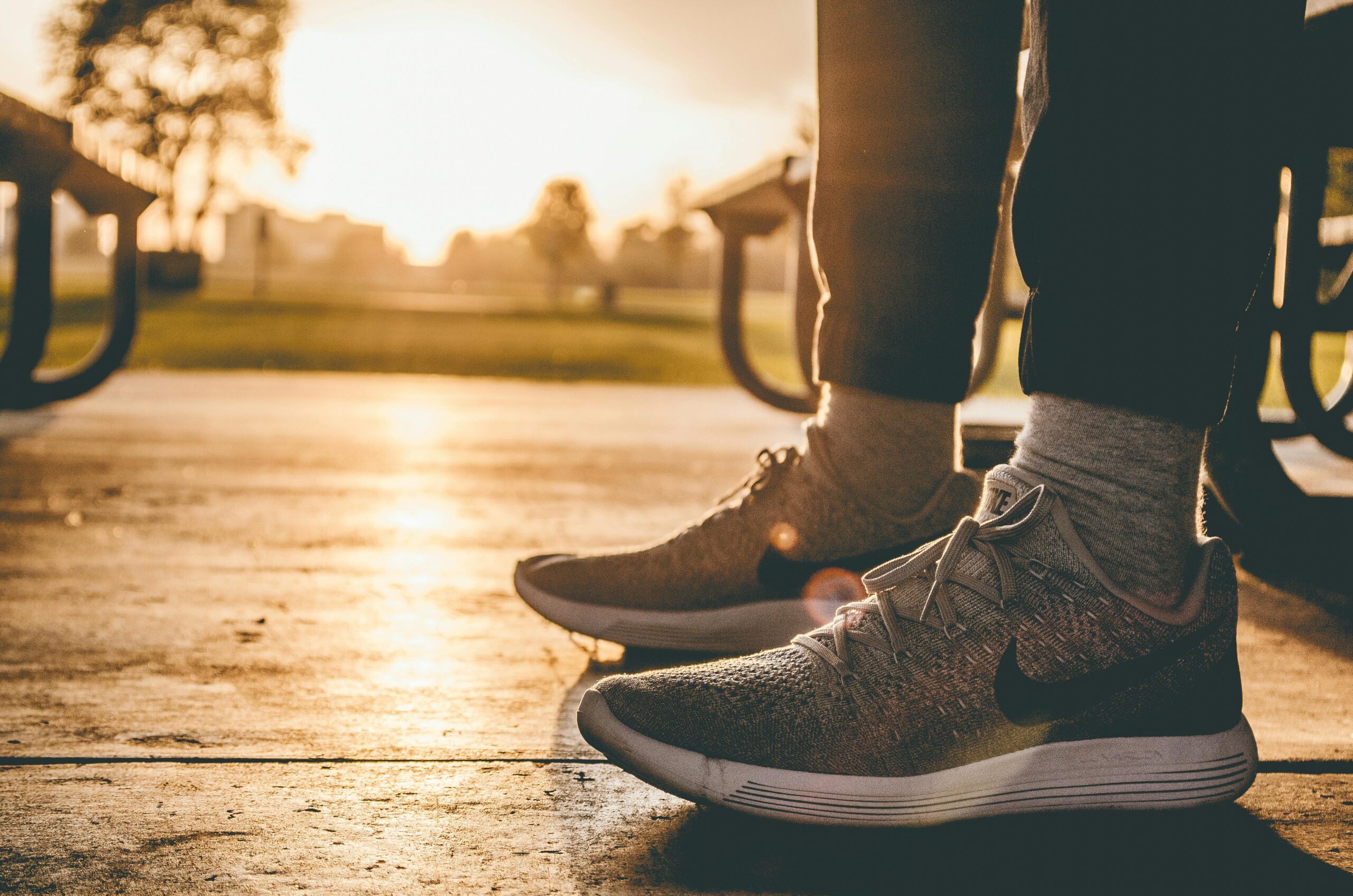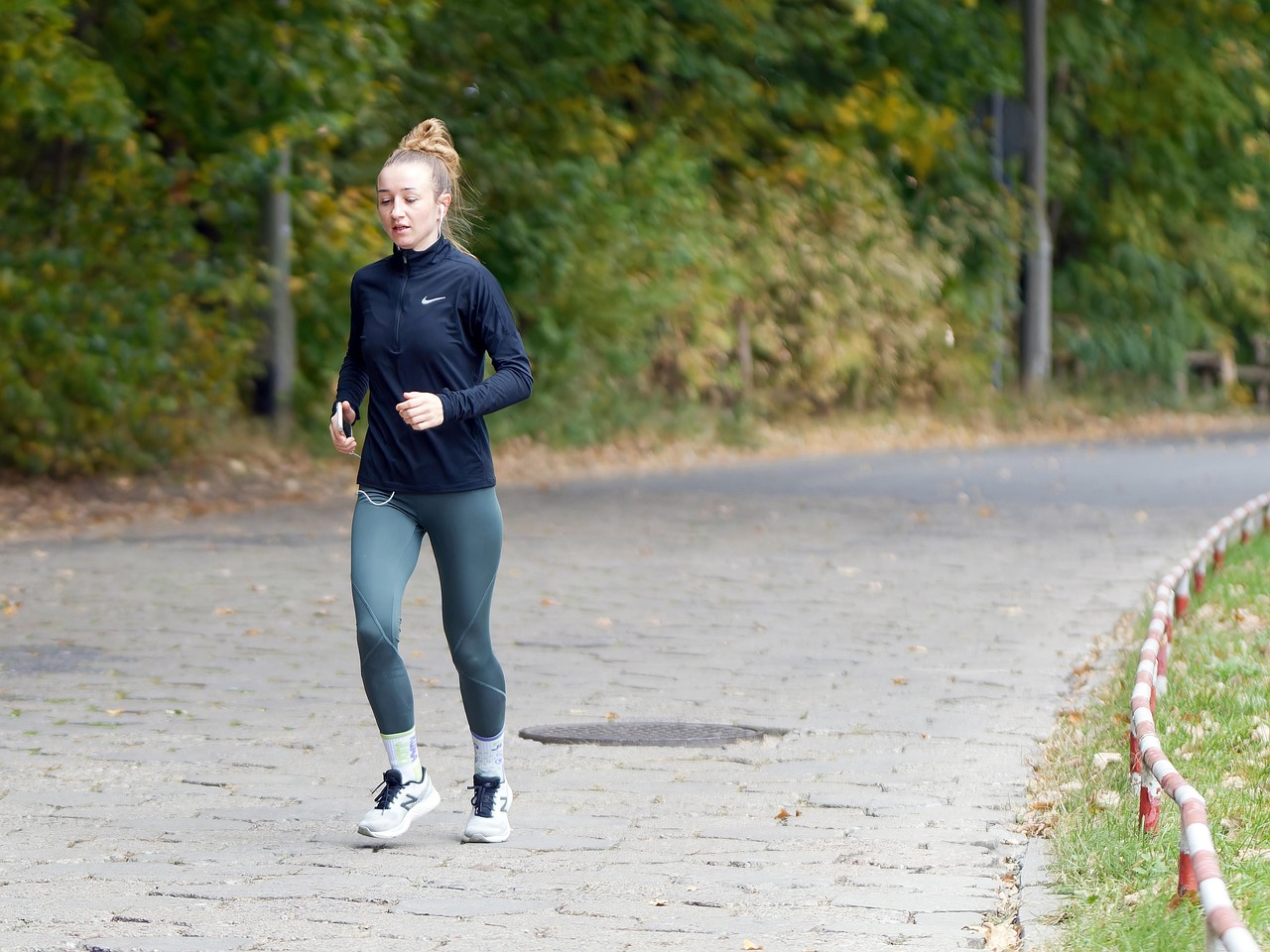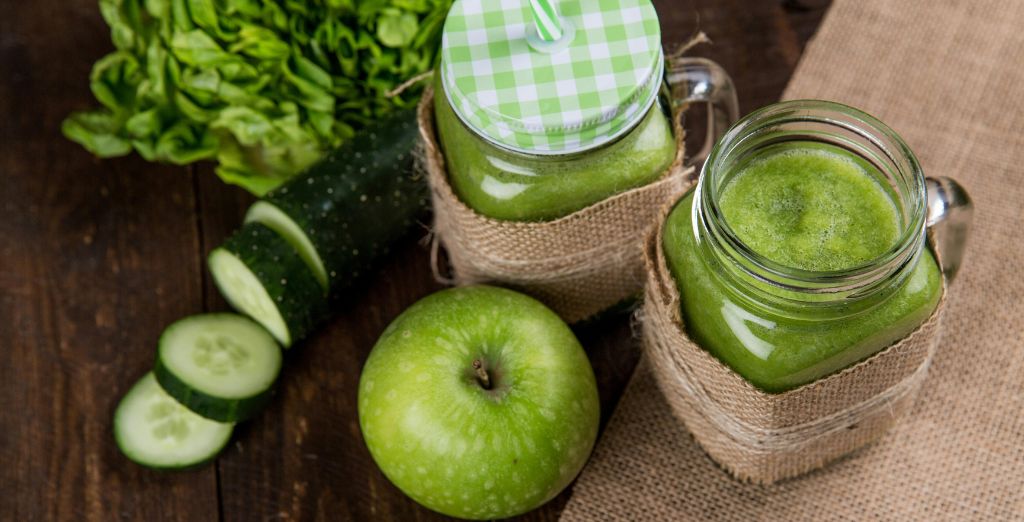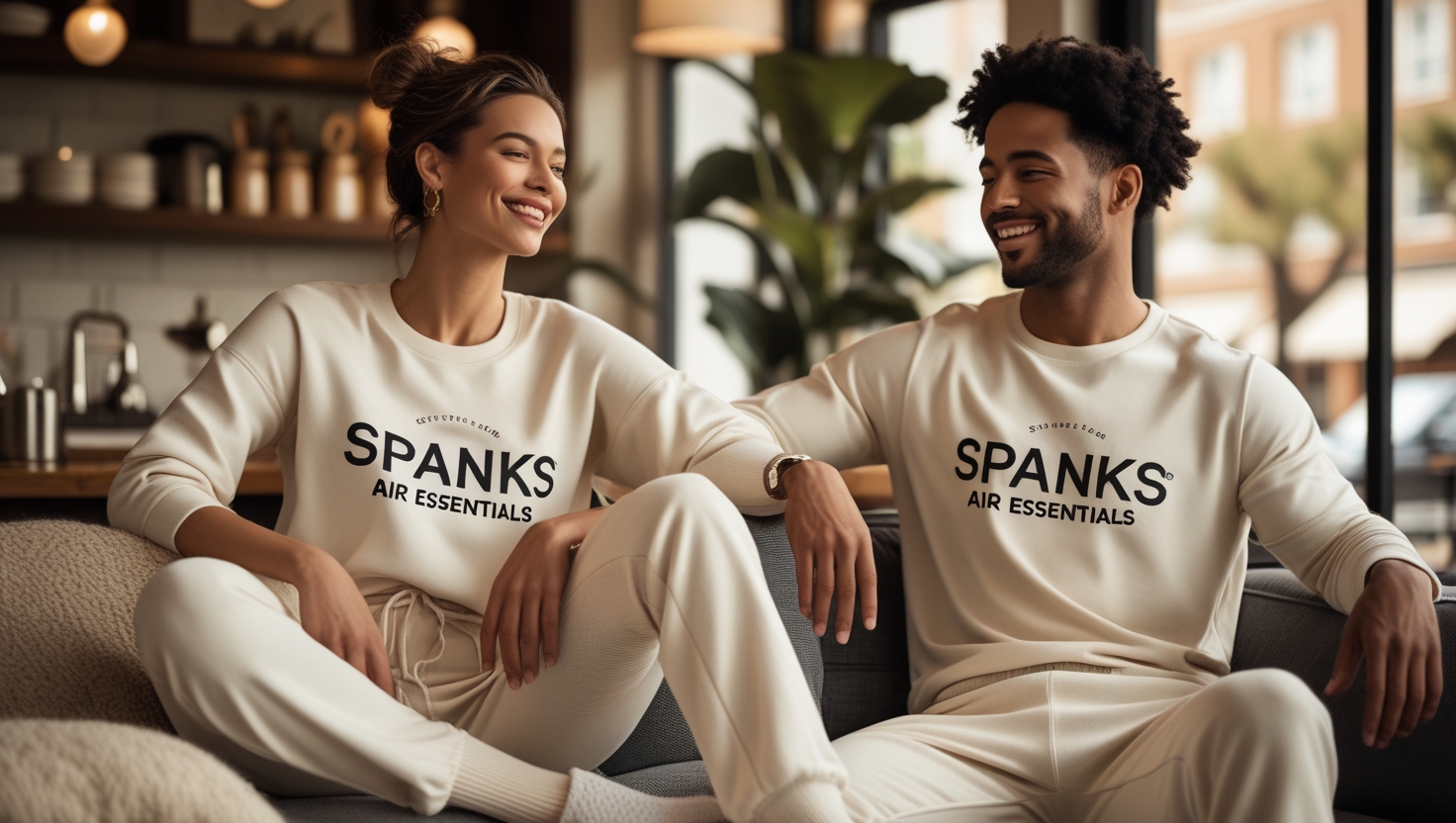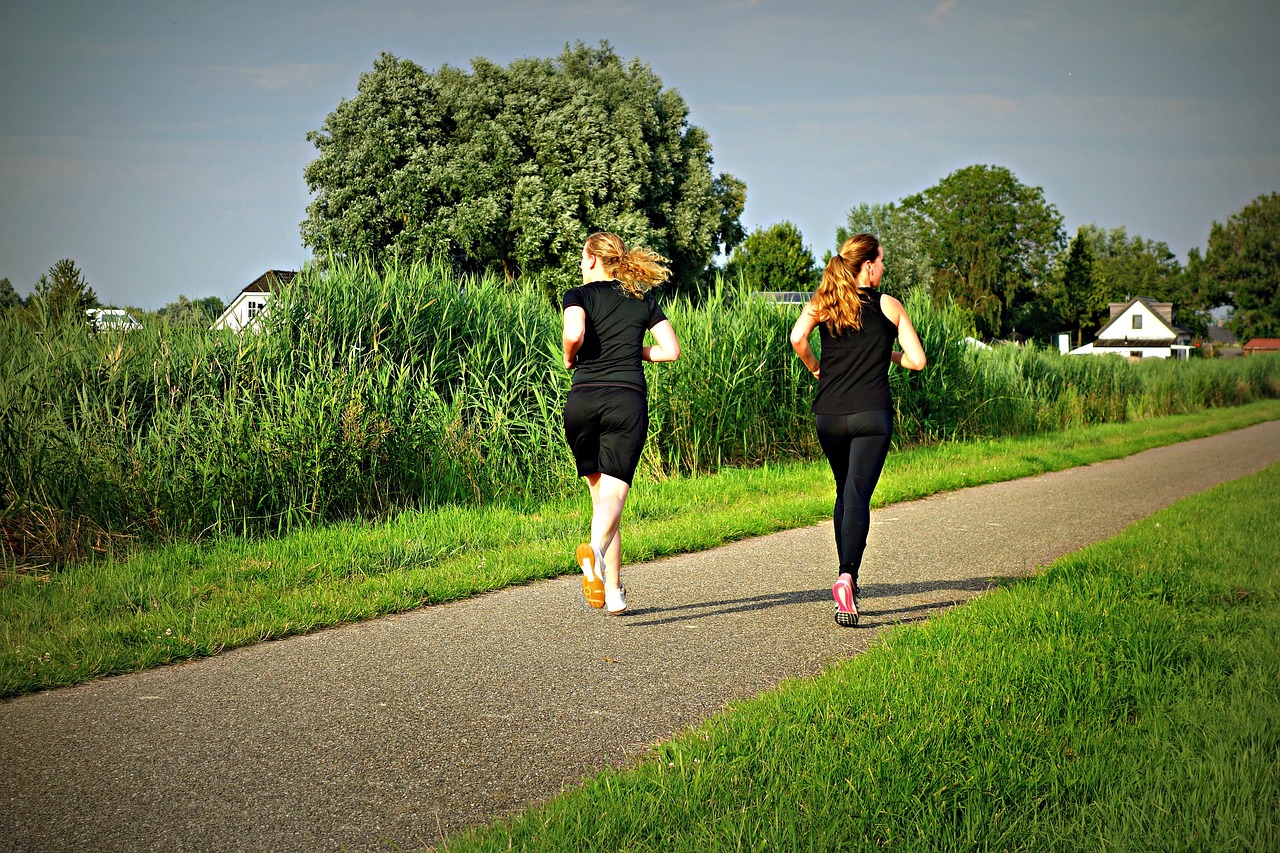The best material for working out you wear during a workout directly impacts your comfort and efficiency. Clothes made from breathable, flexible, and moisture wicking fabrics can help regulate your body temperature and keep sweat at bay. On the other hand, unsuitable materials can cause discomfort, chafing, or overheating. That’s why understanding the features of different materials is so important.
Best Materials for Working Out
Moisture-Wicking Fabrics: Stay Dry and Comfortable
Best material for working out are designed to pull sweat away from your skin and evaporate it quickly. This keeps you dry and comfortable, even during intense workouts. Polyester and nylon are among the top choices for best material for working out clothes. These fabrics are lightweight, durable, and ideal for high-sweat activities like running or cycling.
Breathable Cotton: A Classic Choice
Cotton is a natural fabric that feels soft and comfortable on the skin. It is breathable and absorbs sweat, making it a good option for light to moderate workouts like yoga or stretching. However, cotton tends to retain moisture, so it may not be the best choice for high-intensity workouts where you sweat a lot.

Spandex: For Flexibility and Stretch
Spandex, also known as Lycra or elastane, is highly stretchy and allows full freedom of movement. It is commonly blended with other fabrics to create workout gear that fits snugly without restricting your movements. Spandex is perfect for activities like weightlifting, yoga, or pilates, where flexibility is crucial.
Bamboo: A Sustainable and Soft Option
Bamboo fabric is gaining popularity for its eco-friendly properties and comfort. It is soft, breathable, and naturally moisture-wicking. Bamboo is also hypoallergenic and antibacterial, making it an excellent choice for sensitive skin. It works well for low- to medium-impact activities.
Merino Wool: Ideal for Temperature Regulation
Merino wool is a best material for working out that offers excellent temperature regulation. It keeps you warm in cold weather and cool in hot weather. Additionally, it is odor-resistant, making it a great choice for outdoor workouts or long training sessions.
What to Look for in Workout Materials
Breathability for Maximum Comfort
Breathable fabrics allow air to circulate around your body, preventing overheating. This is particularly important for outdoor workouts or high-intensity activities.
Durability to Withstand Tough Sessions
High-quality best material for working out should be able to handle frequent washing and wear. Polyester and nylon are excellent in this regard, as they are resistant to stretching and shrinking.
Fit and Flexibility for Ease of Movement
A best material for working out should allow your body to move freely. Spandex blends provide excellent stretch, making them suitable for dynamic activities.
Moisture Control to Keep Sweat Away
Best material for working out that wick moisture away from your skin are essential for keeping you comfortable during a workout. Look for fabrics labeled as moisture-wicking or quick-drying.
Caring for Your Workout Gear
Proper care of your workout clothes ensures they last longer and perform better. Always follow the washing instructions on the label. Avoid using fabric softeners, as they can reduce the effectiveness of moisture-wicking fabrics. Air-drying is often better than using a dryer, as it preserves the fabric’s elasticity and fit.
High-Intensity Workouts: Prioritize Moisture-Wicking and Durability
For activities like running, HIIT, or cardio workouts, you need materials that keep you dry and allow you to move freely. Synthetic fabrics like polyester and nylon are ideal for their sweat-wicking and quick-drying properties. These best material for working out are also lightweight and resistant to wear, ensuring your workout clothes can handle the intensity.
Strength Training: Focus on Flexibility and Support
When lifting weights or performing strength focused exercises, your clothes should support your movements while remaining breathable. Spandex-blended fabrics are perfect for this, offering flexibility without losing their shape. Compression gear, often made from a blend of spandex and nylon, can also improve circulation and muscle support.
Yoga and Pilates: Embrace Comfort and Stretch
Yoga and Pilates require clothing that moves with your body without restriction. Spandex and bamboo blends are excellent choices because they are soft, breathable, and stretchy. Bamboo also has natural odor resistant and antibacterial properties, making it a hygienic option for these close-contact workouts.
Outdoor Activities: Choose Weather-Resistant Materials
For outdoor workouts like hiking, cycling, or trail running, you need fabrics that adapt to weather conditions. Merino wool is a great all season material, keeping you warm in winter and cool in summer. Additionally, look for clothes with UV protection or water-resistant coatings for added functionality.
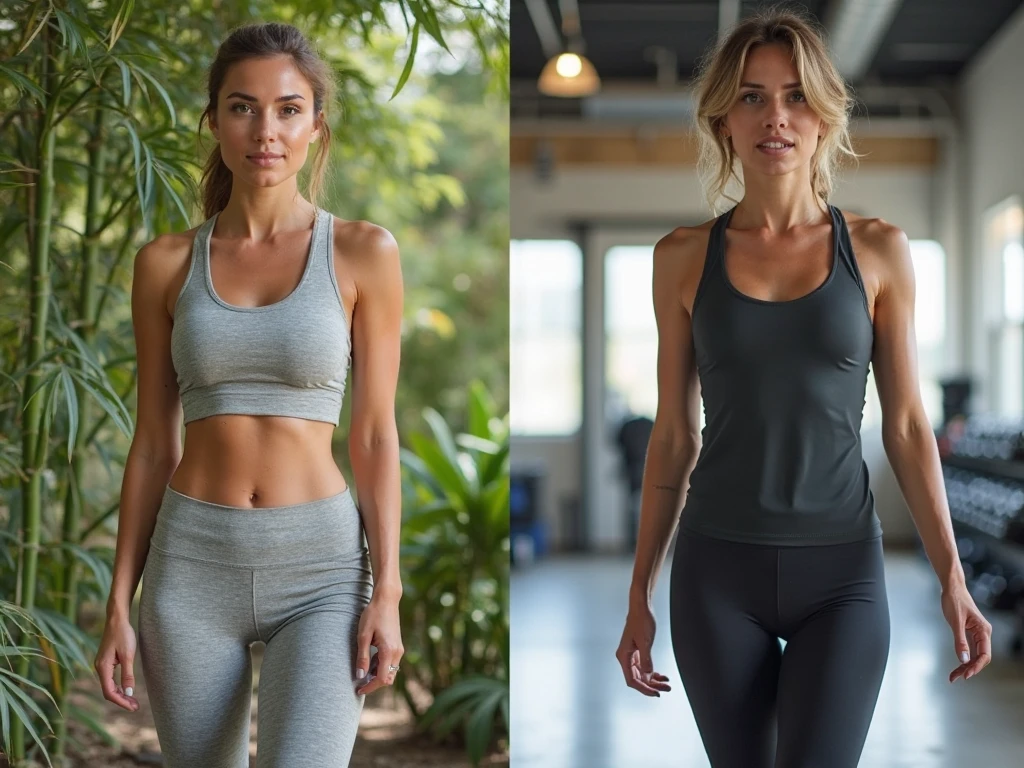
Comparing Natural and Synthetic Workout Materials
Natural and synthetic best material for working out both have unique benefits for workout clothing. Knowing the differences can help you decide what suits your needs best.
Natural Fabrics
Natural best material for working out like cotton, bamboo, and merino wool are soft, breathable, and eco-friendly. They work well for low- to medium-intensity activities where comfort is a priority. However, they may not perform as well as synthetics in managing heavy sweat or maintaining shape after extended use.
Synthetic Fabrics
Synthetic best material for working out like polyester, nylon, and spandex excel in durability, moisture management, and flexibility. They are ideal for high-intensity and performance-driven workouts. While synthetic fabrics are not as environmentally friendly, many brands now offer recycled versions, making them a more sustainable choice.
Layering Your Workout Clothes
Layering can enhance your comfort and performance, especially in varying weather conditions. Use lightweight, moisture-wicking fabrics as your base layer to keep sweat away from your skin. Add an insulating layer, like a fleece or merino wool top, for warmth during colder months. Finally, use a weather-resistant outer layer, such as a nylon windbreaker, to protect against rain or wind.
How to Identify High-Quality Workout Materials
To ensure you’re getting the best material for working out gear, check the fabric label for details. Look for terms like moisture wicking, four way stretch, or anti odor. High quality materials often feel smooth and lightweight while offering excellent stretch and recovery. When shopping, prioritize well known brands or certifications that guarantee durable and ethical manufacturing.
Sustainable Options in Workout Materials
Sustainability is becoming a big part of activewear. Many brands now use recycled polyester or bamboo to create eco-friendly workout clothes. These materials reduce environmental impact while providing the same performance benefits. If sustainability is important to you, look for certifications like GRS (Global Recycled Standard) or OEKO-TEX labels to ensure your clothes meet ethical standards.
Conclusion
Choosing the best material for working out is essential for your comfort, performance, and overall experience. The right fabric should suit your workout type, provide breathability, and allow flexibility. Moisture-wicking materials like polyester and nylon are great for intense activities, while soft, natural fabrics like bamboo and cotton work well for lighter exercises. Spandex offers stretch for yoga and pilates, and merino wool is perfect for outdoor or cold-weather activities.
When selecting your best material for working out gear, consider the material’s properties, durability, and how it meets your needs. Sustainable options are also worth exploring if you’re environmentally conscious. With the right clothing, you’ll stay comfortable, focused, and ready to achieve your fitness goals. Always care for your best material for working out clothes properly to maximize their longevity and effectiveness.
FAQs
1. What is the most breathable fabric for workouts?
Polyester and nylon are among the most breathable fabrics for workouts. They wick moisture away and allow airflow to keep you cool.
2. Can I use cotton for high-intensity workouts?
Cotton is comfortable but not ideal for high-intensity workouts, as it retains moisture and may feel heavy when soaked with sweat.
3. What material is best for yoga?
For yoga, look for stretchy materials like spandex or blends of spandex and cotton. These fabrics provide flexibility and comfort for various poses.

